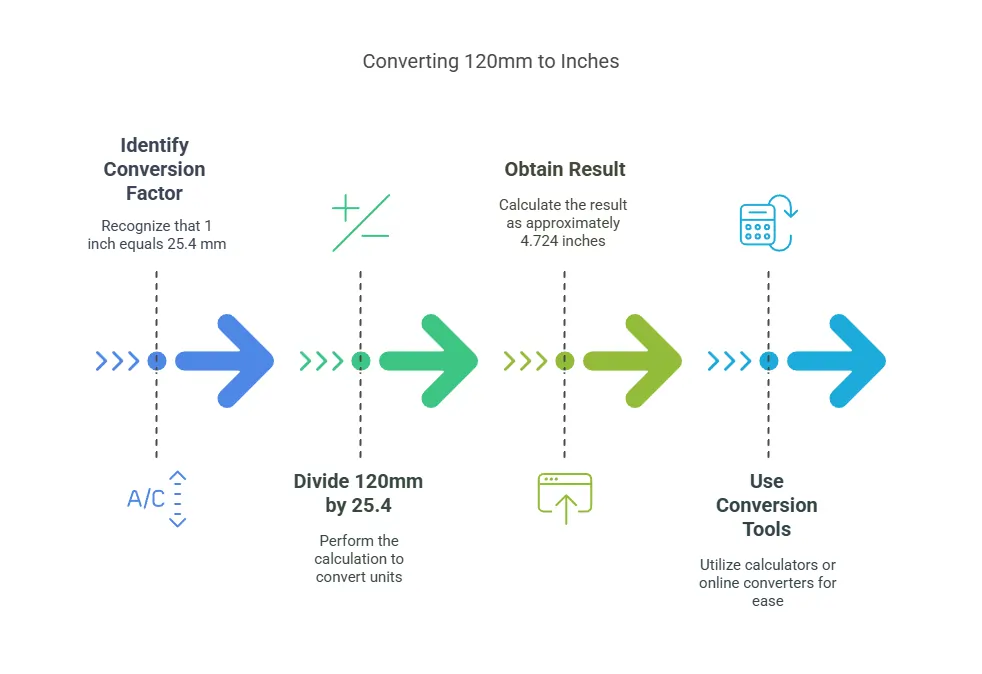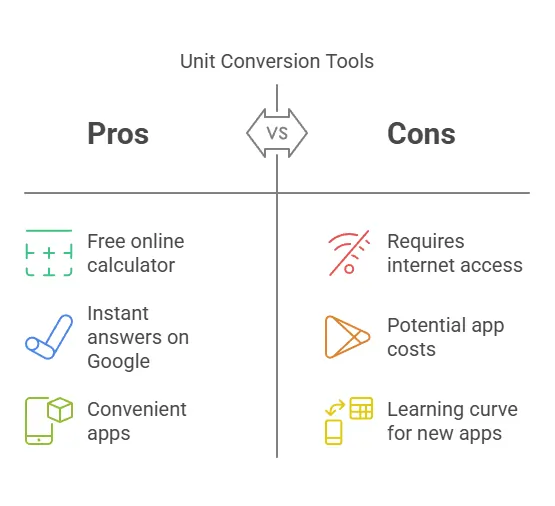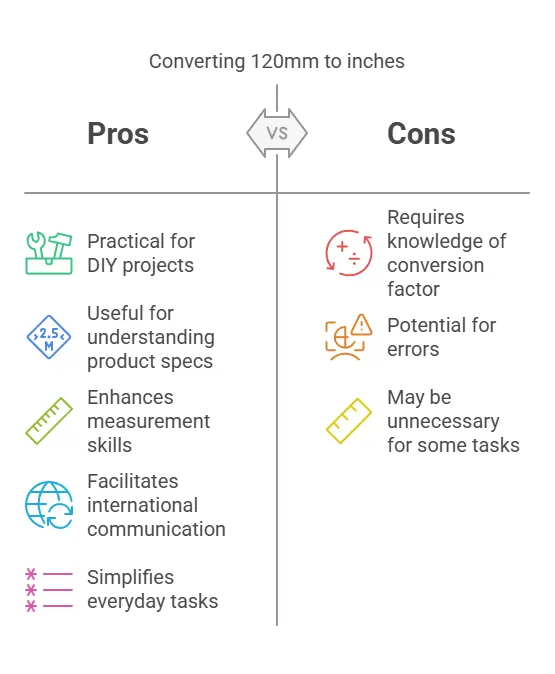Have you ever stumbled across a measurement like 120mm and wondered, “How many inches is that?” You’re not alone. Whether you’re DIY-ing a shelf, sizing up a new phone screen, or decoding international product specs, understanding how to convert 120 millimeters to inches is a handy skill. Let’s break it down—no jargon, no fuss—just clear, relatable information you can actually use.
Why 120mm to Inches? A Quick Reality Check
First things first: 120mm (or 120 millimeters) is a unit of length in the metric system, which is widely used globally. But if you’re in the United States, where imperial units like inches and feet reign supreme, that number might leave you scratching your head. Converting between these two units isn’t just about math—it’s about bridging a cultural and practical gap.
For example, imagine ordering a European-made picture frame listed as 120mm long. To visualize it, you’d need to know its size in inches. Spoiler: 120mm is roughly 4.724 inches (we’ll get to the exact answer later). But why the need for conversion at all? Let’s dig deeper.
The Simple Math: How to Convert 120mm to Inches

The golden rule? 1 inch is equal to 25.4 millimeters. This standard was set in 1959 and is universally accepted today (NIST). To convert 120mm to inches:
- Divide 120 by 25.4.
- Result: 120 ÷ 25.4 ≈ 4.724 inches.
Still, doing this manually every time isn’t practical. That’s where tools like a calculator or online converters like Symbolab come in handy. Just type “120mm to inches,” and you’ll get the number instantly.
Read Also https://ahouseinthevalley.com/joe-burrow-house/
Quick Reference Table: Common Metric-to-Imperial Conversions
| Millimeters (mm) | Inches (Approx.) | Common Uses |
|---|---|---|
| 120mm | 4.724″ | Small photo frames, phone screens |
| 254mm (25.4cm) | 10″ | Standard ruler length |
| 304.8mm | 12″ (1 foot) | School rulers, small shelves |
This table shows how metric system measurements translate to imperial units we encounter daily.
When Does This Conversion Matter? Real-World Examples
- Home Projects: Let’s say you’re building a bookshelf with brackets labeled 120mm. To ensure they fit your existing (inch-marked) drill holes, you’ll need to calculate their size in inches.
- Tech Gadgets: Screen sizes often mix units. A 120mm smartphone display equals ~4.7 inches—a common size for compact models.
- Global Commerce: Products manufactured overseas (e.g., in metric-using countries) often list specs in millimeters. Converting to inches helps U.S. buyers grasp dimensions.
Metric vs. Imperial: Why Do We Have Two Systems?
The metric system (meters, millimeters) is praised for its decimal simplicity and is used in most countries. Meanwhile, the imperial system (inches, feet) remains commonly used in the United States due to tradition, despite efforts to shift toward metric (Britannica).
This divide means conversion is essential for everything from engineering blueprints to baking recipes. For instance, a mechanic working on a German car might need to convert 120mm bolt sizes to inches to find the right wrench.
Tools to Make Conversion Effortless

Don’t want to do the math yourself? Try these:
- Symbolab Calculator: A free online tool that handles everything from basic conversions to complex equations. Just type “convert 120mm to inches” (Symbolab).
- Google Search: Typing “120mm in inches” gives an instant answer.
- Apps: Units Plus or ConvertPad offer quick swaps between two units.
Fun Fact: The Human Element in Measurement
Did you know the inch was originally based on the width of a human thumb? Meanwhile, the meter was defined as one ten-millionth of the distance from the equator to the North Pole. While modern standards are more precise, these origins remind us how measurement has always been tied to human experience.
Final Takeaway: Embrace Both Systems
Whether you’re team metric or team imperial, understanding how to convert between them opens doors. Next time you see 120mm, you’ll know it’s just shy of 5 inches—a quick mental swap that makes you a smarter shopper, traveler, or DIYer.
So, grab that calculator (or just bookmark this page), and never let measurement confusion slow you down again!
Got a conversion challenge? Drop it in the comments—we’ll tackle it together! 🔍📏

